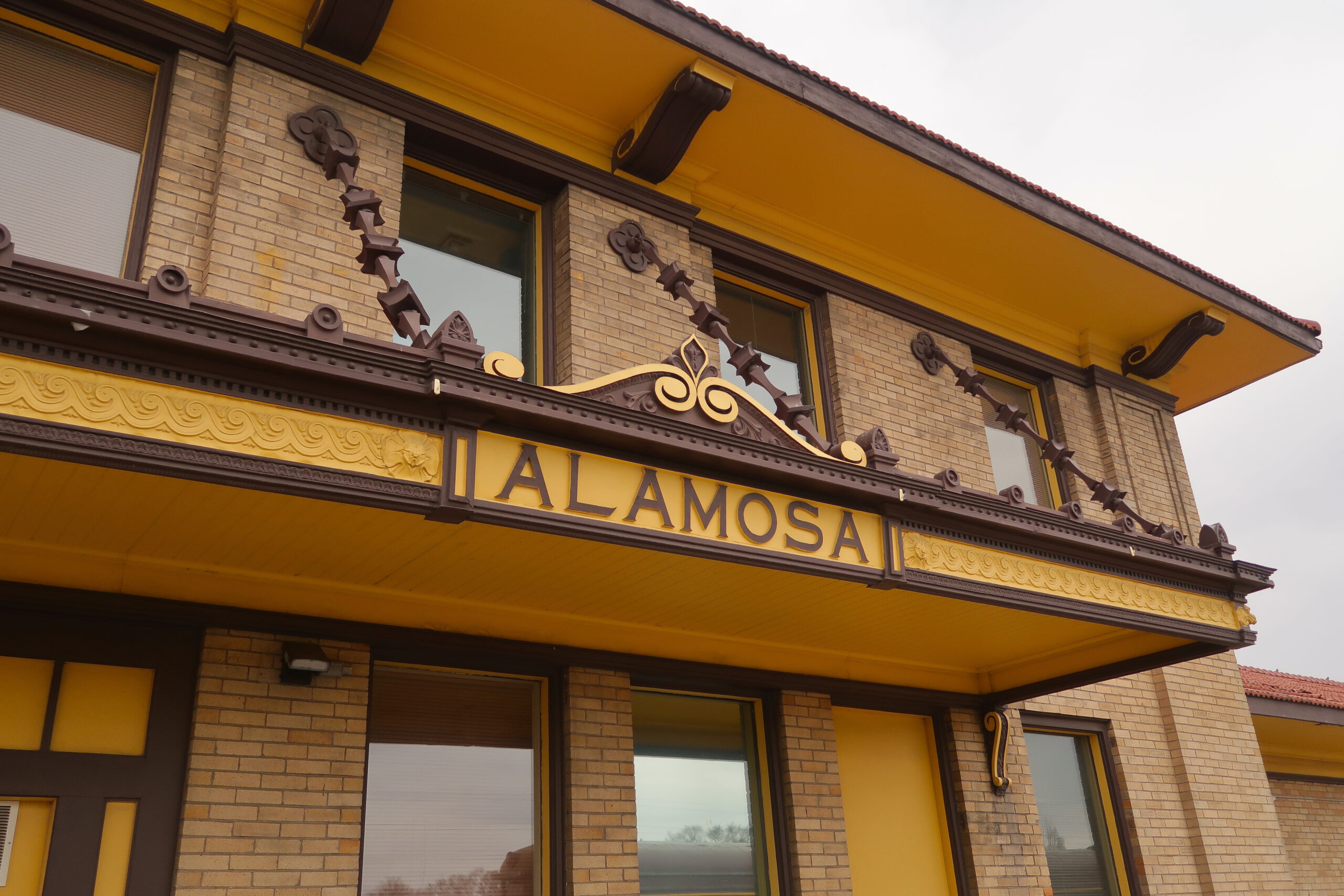Why Hope In The Valley

The Story Behind Hope in the Valley:
A Journey of Compassion and Community Impact
In the heart of Alamosa, Colorado, nestled within the breathtaking landscapes that witnessed the founder’s journey, stands Hope in the Valley—a beacon of hope, healing, and transformation. At its core, this rehabilitation center embodies a profound commitment to providing patient-centered, compassionate care to individuals, families, and communities grappling with the profound impact of drug and alcohol addiction.
The story behind Hope in the Valley is deeply personal, rooted in the experiences of its founder, Paul Reed. Born and raised in Alamosa, Paul’s journey is one of resilience, redemption, and a profound desire to give back to the community that shaped him.

In his younger years, Paul faced the daunting challenges of addiction, a struggle that led him through the revolving doors of rehabilitation centers. Each attempt at recovery became a stepping stone, propelling him further on a journey of self-discovery and eventual triumph over his own battles.
Paul’s personal battles, coupled with a burning passion to make a positive impact, inspired him to embark on a unique mission. He envisioned a rehabilitation center that would not only provide professional and effective care but would also be deeply rooted in the community where he had faced and overcome his own trials.
Thus, the idea for Hope in the Valley was born.
The center stands as a testament to Paul’s commitment to creating a space of healing and support for those grappling with addiction—a space that understands the intricate web of challenges that individuals and families face when confronted with the complexities of substance abuse.
Hope in the Valley is more than a rehabilitation center; it’s a haven built on empathy, understanding, and the unwavering belief in the transformative power of recovery. The location in Alamosa is not arbitrary—it’s a deliberate choice, a symbolic return to the roots, and a profound dedication to uplifting the community that Paul once called home.

As the doors of Hope in the Valley swing open, they signify not only a place of recovery but a beacon for individuals to find solace, hope, and a supportive community. Paul Reed’s personal journey, marked by resilience and redemption, now serves as an inspiration for others seeking their own path to recovery.
Hope in the Valley stands tall, not just as a rehabilitation center, but as a living testament to the possibility of transformation, a testament that no matter how challenging the journey, hope can be found, and recovery is within reach.